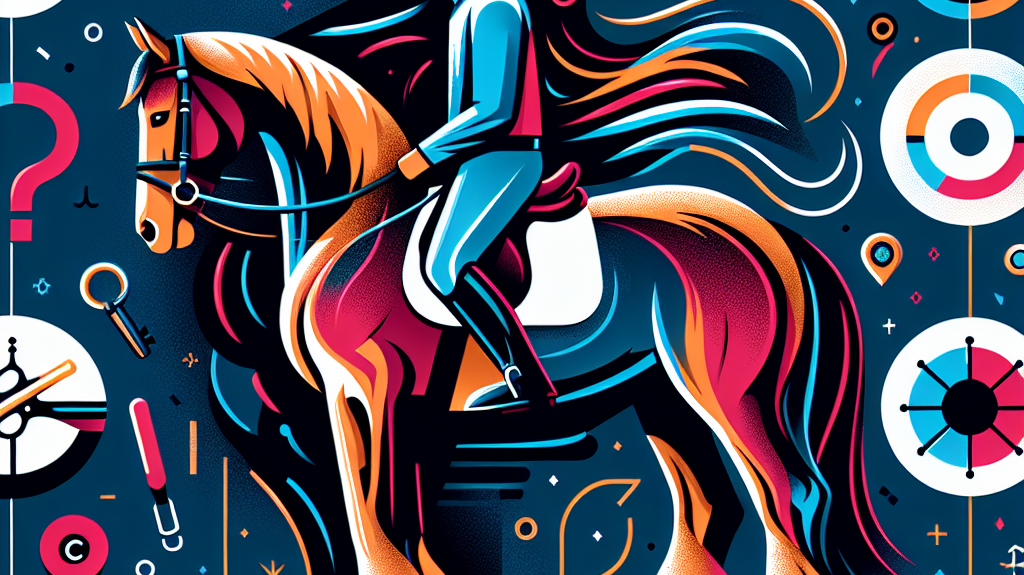Florida Pony Confirmed Positive for EEE: Importance of Vaccination and Preventive Measures
A recent case of Eastern Equine Encephalitis (EEE) has put the spotlight back on the critical necessity of protecting equine health in Florida. An unvaccinated pony mare in Alachua County developed severe clinical signs, including depression, incoordination, and hind limb weakness, before being confirmed positive for EEE on July 19. Unfortunately, due to the gravity of her condition, she was euthanized.
Understanding EEE: A Deadly Mosquito-Borne Disease
Eastern Equine Encephalitis is a highly infectious and often fatal disease caused by the Eastern equine encephalitis virus. Wild birds serve as reservoirs for the virus, and mosquitoes that bite these infected birds can transmit the virus to horses, humans, and other birds. While horses do not transmit the virus to other animals or humans, once infected, they exhibit a high mortality rate, marking EEE as one of the most severe mosquito-borne diseases in the U.S.
The Role of the Equine Disease Communication Center (EDCC)
The Equine Disease Communication Center (EDCC) plays a vital role in managing and disseminating verified disease reports to the equine community. Supported by industry donations, the EDCC Health Watch program ensures horse owners and veterinarians are kept up-to-date on the latest disease outbreaks and prevention strategies. This information dissemination is crucial for preventing and managing equine diseases.
The Critical Role of Vaccination
Vaccination is a cornerstone in the prevention of EEE. Veterinarians advocate for annual EEE vaccines for horses, especially in high-risk areas like Florida. Although the vaccine is not 100% effective, it significantly reduces the risk of infection. In the case of the Alachua County pony, a vaccine could have potentially saved her life. Annual vaccination is highly recommended to keep equine populations protected.
Preventive Measures to Reduce EEE Risk
Besides vaccination, there are several measures horse owners can take to protect their animals from mosquito bites and reduce the risk of EEE transmission:
- Using insect repellents on horses and in living areas.
- Installing window and door screens to keep mosquitoes out of living spaces.
- Eliminating standing water where mosquitoes can breed.
- Conducting regular mosquito surveillance on farms and living areas.
Importance of Mosquito Control
Mosquito control is an essential aspect of reducing the risk of EEE. Implementing effective mosquito control strategies, such as the use of larvicides and maintaining a clean environment, can significantly decrease mosquito populations. Horse owners should remain vigilant, especially during peak mosquito season, to protect both their horses and themselves.
Public Health Implications of EEE
EEE is not just a threat to horses but also poses serious risks to human health. Although the risk of transmission to humans is low, it can cause severe illness and even death. According to the Centers for Disease Control and Prevention (CDC), EEE is a rare but potentially fatal disease in humans. Therefore, taking preventive measures to avoid mosquito bites is crucial for public health.
Human Preventive Measures
For humans, preventive measures include using insect repellents, wearing long sleeves and pants during peak mosquito activity times, and ensuring living spaces are mosquito-proof. Public awareness and education on the significance of mosquito control can help reduce the incidence of EEE in both equine and human populations.
Conclusion
The recent EEE case in an unvaccinated pony mare in Alachua County, Florida, underscores the necessity of comprehensive preventive measures. By focusing on vaccination, mosquito control, and awareness, we can significantly reduce the risk of EEE in horses. The efforts of organizations like the EDCC in disseminating critical disease information emphasize the collaborative approach needed to tackle this serious health threat.
Prioritizing EEE prevention and management is essential not only for the health and well-being of horses but also for addressing the public health risks associated with this deadly disease. As the saying goes, "An ounce of prevention is worth a pound of cure," and in the case of EEE, this adage couldn't be more true.




